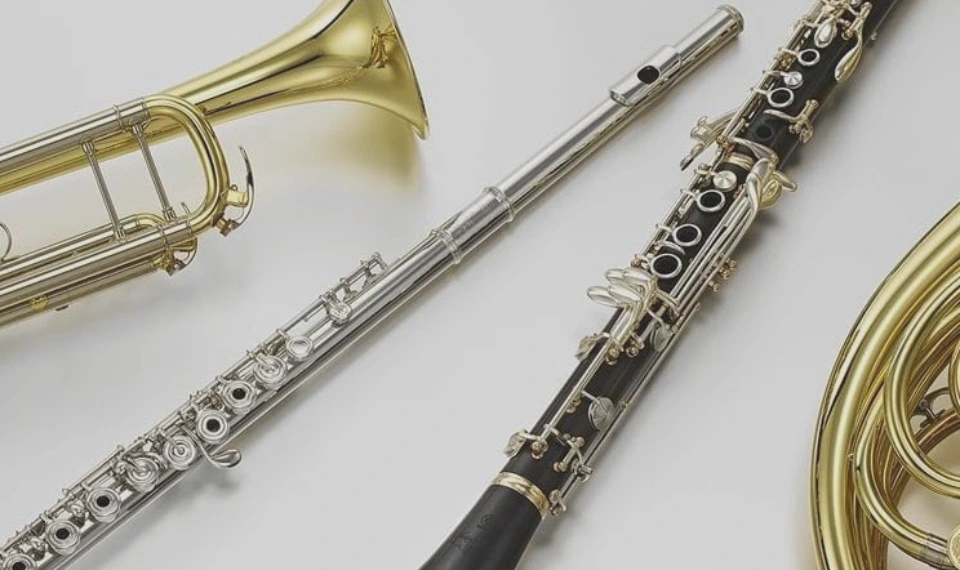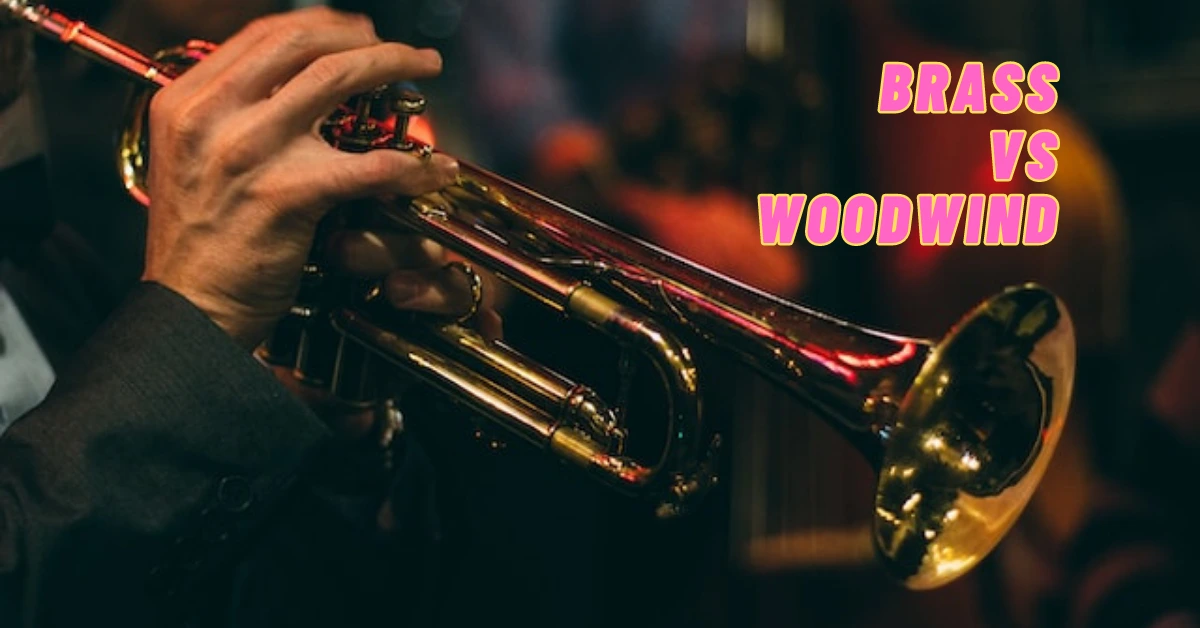Brass and woodwind instruments have considerable differences. But the key difference is in the material.
Woodwind instruments, such as flutes, clarinets, etc., are metal or wood. On the other hand, brass instruments are mostly made of metal.
So, how would you decide which type of instrument is ideal for you? A hard decision indeed! However, not hard anymore as we have already made things easier for you. On your scroll, you will know every difference between brass and woodwind, along with the decision.
Brass Vs. Woodwind: What are The Uses?
People with various roles are assigned specific seating arrangements in the orchestra. However, the brass sections are always front and center at an actual orchestral performance.
Mostly, the brass section is placed behind the woodwind section to cover more ground. For strictly acoustic reasons, they’ve been placed behind the Woodwinds. There’s a good chance you can’t catch the woodwind instruments if you were standing in the front row.
The grouping of instruments may seem arbitrary. For example, there has been an instance of “harmonic sounding.” In addition, each instrument has a unique loudness level. Therefore, placement is crucial.
It’s also crucial that certain sections, like the Brass, can hear each other and contribute to the whole. But, of course, that also includes the other instruments, such as the woodwinds.
Some Brass and Woodwind Instruments
Following are some examples of brass and woodwind instruments:
Brass: Trombone, trumpet, French horn, bugle, cornet, tuba
Woodwind: Saxophone, clarinet, flute, piccolo, oboe, bassoon, English Horn
Let’s compare and contrast brass and woodwind instruments more closely.
Main Differences Between Brass and Woodwind Instruments

Materials used to craft are the primary distinction between brass and woodwind instruments. Wood and metal are the two most common materials for woodwind instruments.
Unlike woodwind instruments, brass instruments are always formed of metal and have a unique mouthpiece for producing sound. Except for the flute, most woodwind instruments have a hardwood reed in their mouthpieces. However, brass instruments can produce music by vibrating the player’s lips against the mouthpiece.
Technique
Both brass and wind instruments require the player to blow into the device to produce a sound, but the way this is done is different for each. For example, lip-vibrating instruments, like brass horns, have distinctive tones when the player alters air pressure and lip strain to create a series of harmonic overtones.
Woodwind instruments have different pitches because the reed is where the player blows, which causes the air inside the resonator to vibrate and create sound. The reed, located at the end of the mouthpiece, creates sound by vibrating against the metal casing.
Non-Directional Vs. Directional
Unlike brass instruments, you can play woodwinds in either direction. The sound produced by non-directional instruments cannot be directed or adjusted in volume. For instance, the sound of a flute is identical whether you’re in front of or behind the player.
Whereas brass instruments have a clear direction of the sound. Because of this distinction, accurately recording woodwind instruments is more challenging. In addition, in marching bands, they play a significant role, whereas brass instruments are typically heard across the stadium, and woodwind instruments are heard primarily on the field.
Keys and Valves
Brass instruments rely heavily on their valves, which control the airflow within the instrument to produce a wide range of tones. In addition, keys along the instrument’s body control air pressure in woodwind instruments.
Because of these subtle changes in air pressure, you can produce a wide range of tones and pitches. This might appear as a huge contrast, but the valves and keys use the player’s breath to produce sound. More air and breath are needed to fill a brass instrument than a smaller woodwind instrument.
You can also read : Best Acoustic Bass Guitars
Brass Vs. Woodwind: Which One is Right for You?
There’s no single right musical instrument category when it comes to brass and woodwind. You might be comfortable with keys and valves. In that case, you should go for a brass instrument.
On the other hand, you might want woodwind instruments if you are more inclined to the earthy, woody feel in your hands and lips since either kind uses the player’s breath and the air outlets to produce a wide variety of sounds.
You also need to consider the purpose of the musical instrument and the arrangement in which it will be played.
Final Words
In some ways, they are comparable. Both brass and woodwind instruments rely on the air you blow out to create an audible vibration. However, there are significant distinctions in design, construction, materials, playing methods, and mechanics.
The sound is noticeably different, however, which will likely sway your decision.


